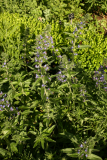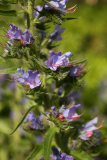Additional notes (click to expand)
Other use
Bee & butterfly plant.
RHS. (1999). Dictionary of Gardening, RHS. Huxley, T p.140
Geographical distribution
- Asia-Temperate, Caucasus, North Caucasus
- Asia-Temperate, Caucasus, Transcaucasus
- Asia-Temperate, China
- Asia-Temperate, Middle Asia, Kazakhstan
- Asia-Temperate, Middle Asia, Kyrgyzstan
- Asia-Temperate, Middle Asia, Tadzhikistan
- Asia-Temperate, Middle Asia, Turkmenistan
- Asia-Temperate, Middle Asia, Uzbekistan
- Asia-Temperate, Russian Far East
- Asia-Temperate, Siberia
- Asia-Temperate, Western Asia, Cyprus
- Asia-Temperate, Western Asia, Turkey
- Europe, Eastern Europe, Baltic States
- Europe, Eastern Europe, Belarus
- Europe, Eastern Europe, Northwest European Russia
- Europe, Eastern Europe, South European Russia
- Europe, Eastern Europe, Ukraine
- Europe, Middle Europe, Austria
- Europe, Middle Europe, Belgium
- Europe, Middle Europe, Hungary
- Europe, Middle Europe, Netherlands
- Europe, Middle Europe, Poland
- Europe, Middle Europe, Slovakia
- Europe, Middle Europe, Switzerland
- Europe, Northern Europe, Denmark
- Europe, Northern Europe, Great Britain
- Europe, Northern Europe, Ireland
- Europe, Northern Europe, Sweden
- Europe, Southeastern Europe, Albania
- Europe, Southeastern Europe, Bulgaria
- Europe, Southeastern Europe, Greece
- Europe, Southeastern Europe, Italy
- Europe, Southeastern Europe, Romania
- Europe, Southwestern Europe, France
- Europe, Southwestern Europe, Portugal
- Europe, Southwestern Europe, Spain
Echium vulgare L.
Family: BORAGINACEAEGenus: Echium
Species: vulgare L.
Common names: Viper's Bugloss; Adderwort; Blue Devil; Blue Weed; Blue Thistle; Cat's Tail
Pharmacopoeia Londinensis name: Echium
Distribution summary: Eurasia
Habit: Biennial
Hardiness: H5 - Hardy; cold winter
Habitat: Dry open habitats & sea cliffs & disused chalk quarries in UK
Garden status: Currently grown
Garden location: Europe & Mediterranean (E), Pharmacopoeia Londinensis 1618 'Leaves' (HSE 5), Plane tree bed (P)
Flowering months: July
Reason for growing: Medicinal
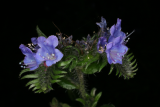
 with bee.JPG)
.JPG)
.JPG)
.JPG)
.JPG)
.JPG)
.JPG)
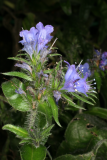
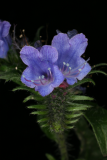
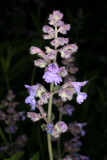

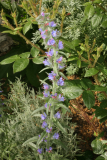
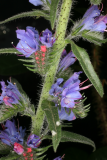
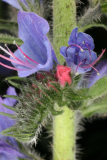
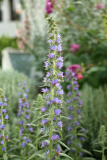
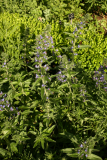

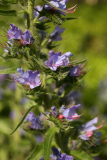
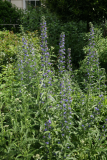
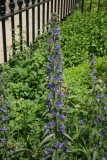
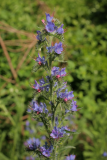
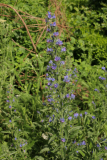
.JPG)
 with bee.JPG)
.JPG)
.JPG)
.JPG)
.JPG)
.JPG)
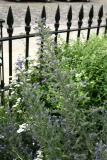
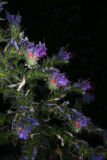
.JPG)
.JPG)
.JPG)
